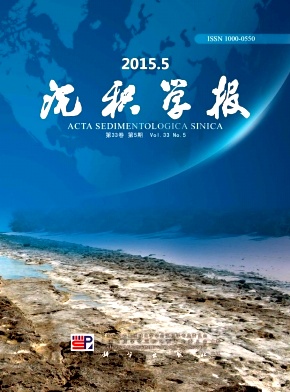Grain-size Characteristics and Its Environmental Significance of Loess from Southern Tarim Basin
doi: 10.14027/j.cnki.cjxb.2015.05.010
- Received Date: 2014-09-09
- Rev Recd Date: 2015-01-20
- Publish Date: 2015-10-10
-
Key words:
- grain size /
- aridification /
- Keriya river /
- Tarim Basin
Abstract: Loess deposit can be formed at geological periods during sandstorm weather and its grain size characteristics can record the atmospheric circulation patterns and paleoenvironmental evolution information during the dust removal process. The Yangchang (YC) loess section in the village of Pulu is situated on the fifth terrace of a tributary of the Keriya River. YC loess is mainly composed of coarse silt and sand with high degree of sorting. The grain size analyses of YC loess indicate that the loess belongs to aeolian deposits from the Taklimakan Desert. Grain-size distribution of YC loess section is mainly controlled by the aridification of the source area, and thus, can indicate the drying process of the south edge of the Tarim Basin. Analysis of the grain-size distribution indicates that the southern margin of the Tarim Basin was relatively humid and stable during 8.5~3.6 ka, and during 3.6~0 ka the climate became dramatically arid with several millennial-scale events, which is in accordance with records from other study areas. We think that the climate at the southern margin of the Tarim Basin has features of both the Monsoon mode and millennial-scale climate oscillation, and might be controlled by both the low latitude Asian Monsoon and high latitude climate from Northern Hemisphere. We speculate that decrease of the ASM intensity in relation to weakening of the solar activity might have caused the aridification of the Tarim Basin since 3.6 ka. And the climate change in high latitude of the Northern Hemisphere might have further strengthened the drying trend and the climate instability since 3.6 ka through intensifying the Westerlies and its amplitude.
| Citation: | TENG XiaoHua, ZHANG ZhiGao, HAN WenXia, FANG YaHui, YE ChengCheng. Grain-size Characteristics and Its Environmental Significance of Loess from Southern Tarim Basin[J]. Acta Sedimentologica Sinica, 2015, 33(5): 941-950. doi: 10.14027/j.cnki.cjxb.2015.05.010 |






 DownLoad:
DownLoad: